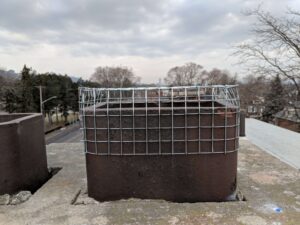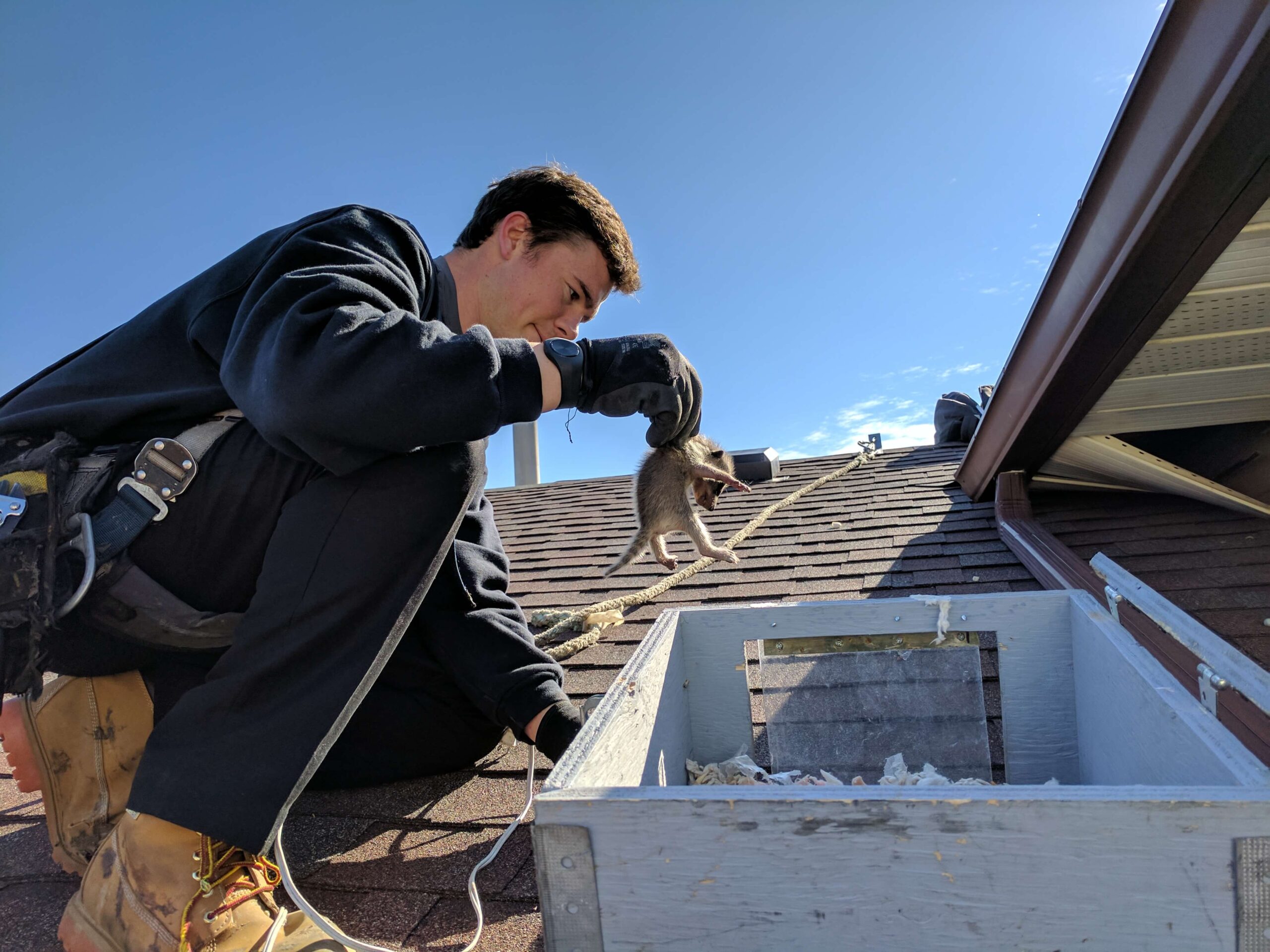The great outdoors is by-and-large great because of the wildlife that inhabits it. People get to bask in the wonder of the natural beauty and organic ingenuity of birds, squirrels, raccoons, and numerous other species that call their neighborhoods home. Unfortunately, while there is plenty to admire about the numerous animals roaming around city streets, wild animals can also be unintentionally destructive and dangerous. Because of the risks to our homes and personal safety, wildlife prevention is essential for every homeowner. It is far too risky to overlook the routine maintenance and preparations that can protect your home.
Seal Your Property
The main objective for any homeowner has to be sealing their property from uninvited four-legged or two-winged intruders. As a homeowner, your job is to focus first on the obvious openings and potentially vulnerable points of your home. For example, roof vents are notorious gateways for rodents, birds, and even more determined larger species like raccoons. Using wire mesh or commercial guards, you can cover these weak points, strengthening your home’s barrier. However, wildlife have adapted quite well to our urban environments, and sometimes consumer level products are not enough to deter pesky intruders. Survey your home every season for signs of wildlife activity or forced entry, and call in the experts if you suspect a break in.
Maintain a Clean and Clear Landscape
To secure your property against curious rodents or squirrels, pick up any loose yard debris or food scraps. You always want to maintain a clear area immediately around your house. Many people neglect raking or weeding directly next to their house because it is behind bushes or other plantings, but leaving leaves or dead weeds provides bedding for animals. While some creatures will take the loose materials to make a nest elsewhere, other animals will settle in right next to your home, giving them front of the line access to break in if the opportunity arises.
Repair Foundation and Exterior
 Walk around your home regularly, paying close attention to the foundation and other exterior elements like doors and windows. As you walk, take note of any cracks or gaps in the structure. Make a list of all the areas, and take special notice if you see any signs of staining or wildlife droppings.
Walk around your home regularly, paying close attention to the foundation and other exterior elements like doors and windows. As you walk, take note of any cracks or gaps in the structure. Make a list of all the areas, and take special notice if you see any signs of staining or wildlife droppings.
A word of caution; if you do not know if animals have already invaded your home, sealing the exterior might not be the best plan. Sealing opening too early can mean you are trapping wildlife indoors, which can lead to plenty of other issues and a much more extensive problem to solve. Always call in a professional inspector before sealing your home up on your own.
Avoid Feeding Pets Outdoors
While common, one of the worst things you can do is feed your pets outdoors, especially if you leave the food out. Raccoons and other wildlife have a keen sense of smell. Leaving pet food out will only attract other animals, meaning you are encouraging wildlife to find a food source near your property.
If you must feed your pets outside, pick up the dishes immediately after they finish and bring them inside. You should also store any animal food in airtight containers and indoors, and keep the area clean.
Keep Garbage Secure
Garbage cans are especially enticing to a number of species because of the potential feast found inside. Do not use cans without lids, and opt for bins with secure tops rather than loose ones. Raccoons and other animals are intelligent and will try to open a trash can if they smell something good, which is why you should also store your garbage cans in a shed or garage until the morning of collection.
Call a Professional
Protecting your home from invasive wildlife is a homeowner’s responsibility, but no one expects you to know everything either. Sometimes, despite your best efforts, animals will find a way inside your home. If this happens, do not attempt to remove them on your own.
Do you believe that a wildlife species has found a way inside your house? If so, do not hesitate to contact Skedaddle Humane Wildlife Control for assistance. After receiving your call, the company will send a technician to assess the property and present their findings.



